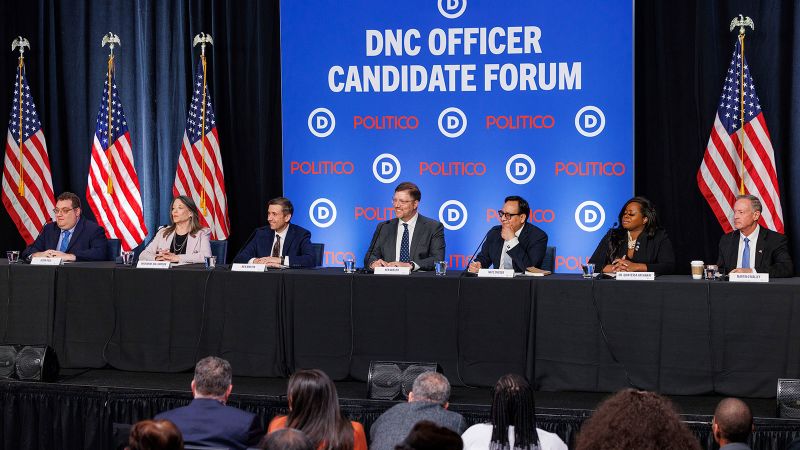Democratic Leadership Showdown: Party Scrambles to Respond to Trump's Rapid-Fire Moves

The Democratic Party stands at a critical crossroads this Saturday, as party members prepare to select their new national leadership team. This pivotal moment comes after months of intense deliberation and strategic soul-searching, aimed at charting a path forward in the challenging political landscape of the post-Trump era.
Party leaders and activists are poised to choose a national chair who can not only reinvigorate the Democratic brand but also provide strategic guidance through what promises to be a complex and politically charged four-year period. The selection represents more than just a leadership change—it's a crucial opportunity to reshape the party's direction, messaging, and approach to reconnecting with voters across the nation.
The incoming leadership will face the critical task of rebuilding party momentum, bridging internal divisions, and developing a compelling vision that can effectively challenge the Republican narrative and resonate with a diverse electorate. Their decisions in the coming months will be instrumental in positioning Democrats for future electoral success and political relevance.

